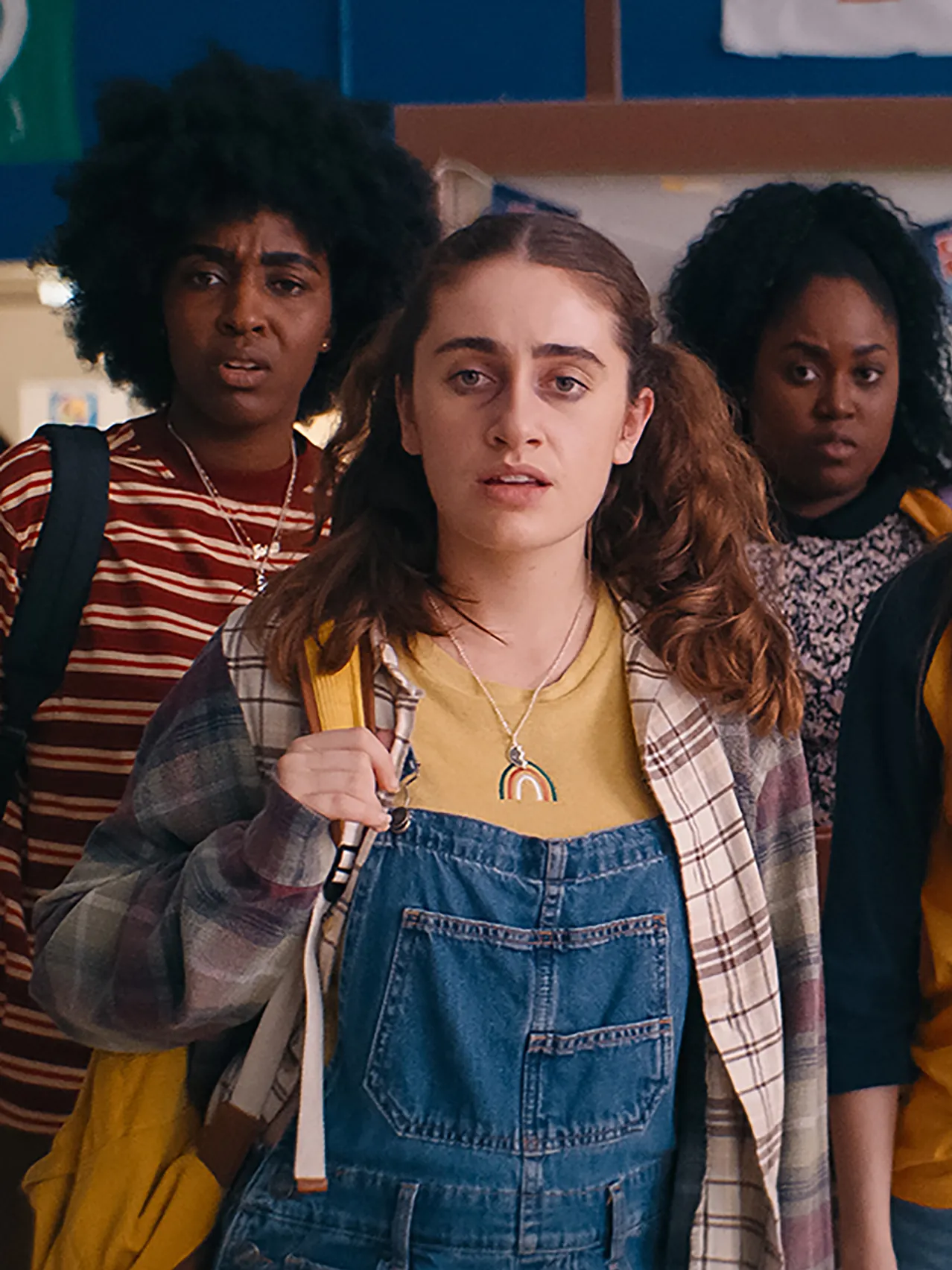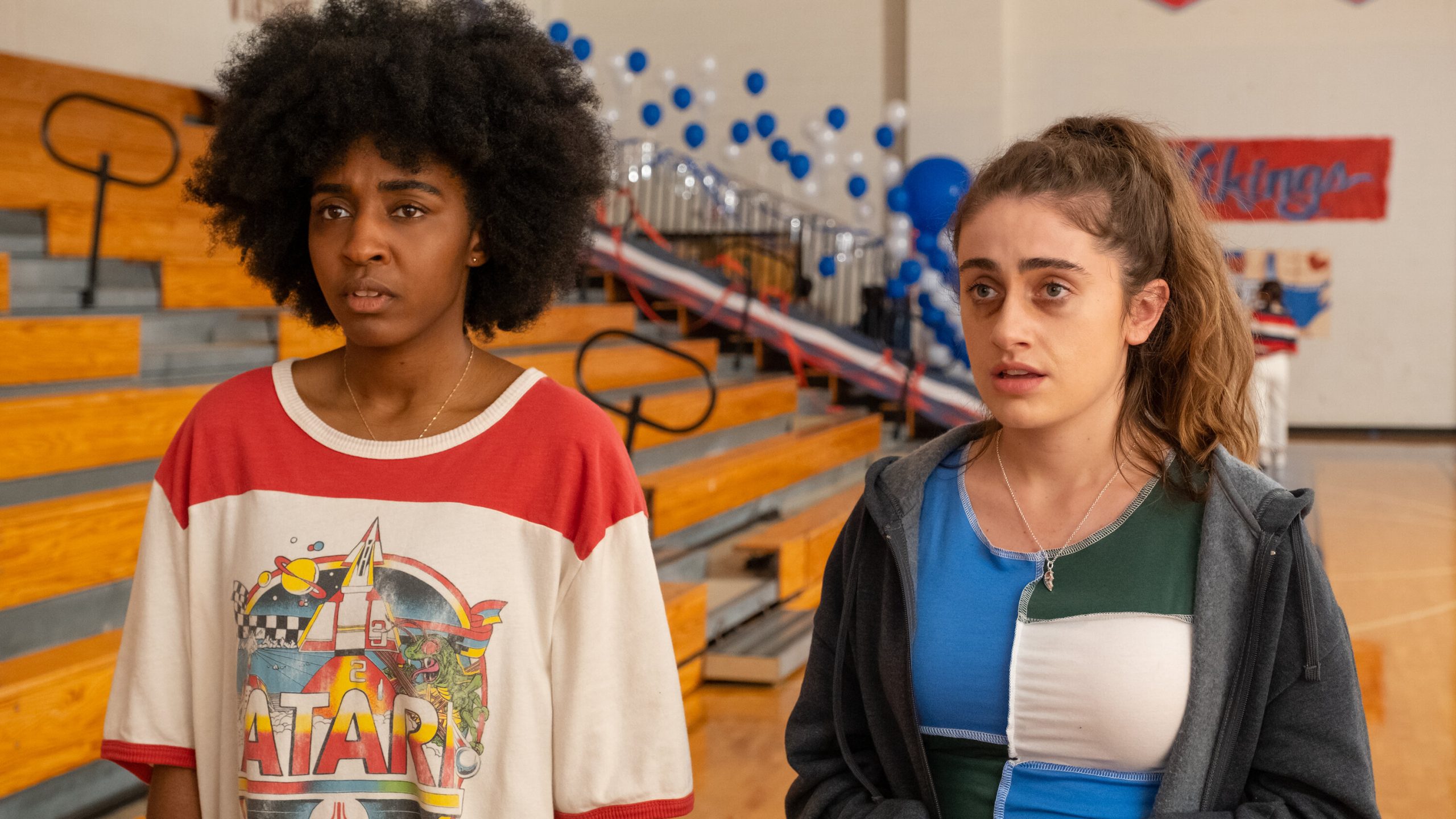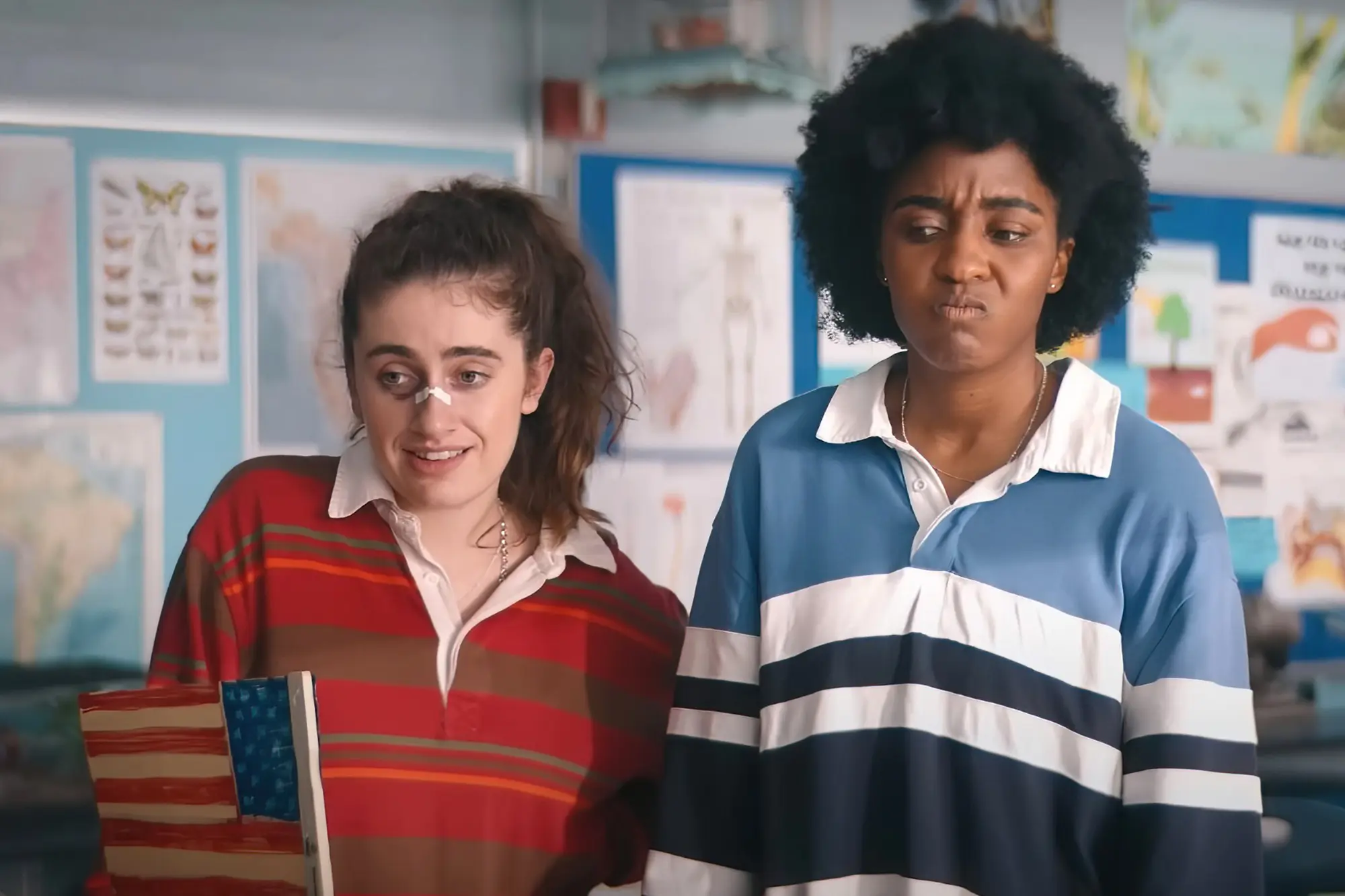Title: The Psychology of Bottoms: How Clothing Choices Influence Self-Perception
Introduction:
The realm of psychology delves into understanding human behavior, cognition, and emotions, including how external factors like clothing choices can impact self-perception. In particular, the choice of bottoms—pants, skirts, shorts, etc.—plays a significant role in shaping individuals’ self-perception and influencing their psychological state.
Body Image Perception:
Clothing choices, especially bottoms, can profoundly affect how individuals perceive their bodies. The fit, style, and fabric of bottoms can either enhance or diminish body confidence. For instance, wearing ill-fitting or uncomfortable bottoms may lead to feelings of self-consciousness and dissatisfaction with one’s body, while wearing well-fitted and flattering bottoms can boost body positivity and self-esteem.
Symbolism and Identity:
The choice of bottoms can also serve as a means of expressing identity and conveying symbolic messages about oneself. Different styles of bottoms may be associated with specific subcultures, professions, or social statuses, influencing how individuals are perceived by others and how they perceive themselves. For example, tailored trousers may signal professionalism and authority, while denim jeans may convey a more casual and laid-back persona.
Emotional Response:
Clothing choices, including bottoms, can evoke emotional responses based on cultural associations, personal experiences, and individual preferences. Certain styles of bottoms may evoke feelings of comfort, confidence, or nostalgia, while others may elicit discomfort, insecurity, or anxiety. Moreover, the color, texture, and design of bottoms can impact mood and emotional well-being, with vibrant colors and soft fabrics often promoting positive emotions.
Behavioral Effects:
The psychological impact of clothing choices extends beyond self-perception to influence behavior and interactions with others. Research has shown that individuals tend to exhibit more confidence and assertiveness when wearing attire that makes them feel good about themselves, including well-fitted bottoms that accentuate their body shape. Conversely, wearing clothing that induces discomfort or self-consciousness may inhibit social interactions and limit participation in activities.
Cognitive Processes:
Clothing choices can also influence cognitive processes such as attention, memory, and decision-making. Studies have demonstrated that individuals may experience cognitive dissonance when their clothing choices conflict with their self-image or social identity. Moreover, the symbolic meaning attached to certain types of bottoms may shape cognitive biases and judgments about oneself and others.
Conclusion:
In conclusion, the psychology of bottoms highlights the intricate relationship between clothing choices and self-perception. From body image perception and identity expression to emotional responses and behavioral effects, the choice of bottoms can significantly impact individuals’ psychological well-being and cognitive processes. Understanding these dynamics can inform interventions aimed at promoting positive body image, self-esteem, and overall mental health.



